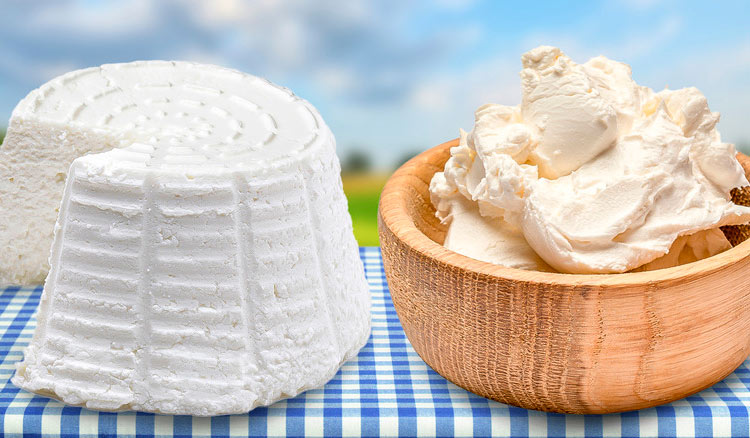 One of the only things that is as essential to Italian cuisine as pasta is cheese. There's a lot of variety within Italian cheeses alone, but two cheeses you'll hear about often are ricotta and mascarpone, sometimes seemingly suggested interchangeably.
One of the only things that is as essential to Italian cuisine as pasta is cheese. There's a lot of variety within Italian cheeses alone, but two cheeses you'll hear about often are ricotta and mascarpone, sometimes seemingly suggested interchangeably.
Both are soft cheeses that can be used in savory and sweet dishes alike, and both undergo a similar process of being heated and acidified in order to cause curdling or clumping. But on the one hand, ricotta is more akin to a rustic farmer's cheese while mascarpone is considered a cream cheese – more like that stuff from Philadelphia. Still, you'll find plenty of sites telling you to use one for the other if you're unable to find the one a recipe calls for. So, how are these two cheeses actually different? Ricotta and mascarpone differ in what they are made from and how they are prepared, as well as flavor, texture, and typical culinary uses.
All about ricotta
First, let's establish what ricotta is, exactly. Its ingredients are shockingly simple: traditionally made from whey (usually from a cow's milk), vinegar, and salt. Whey is a byproduct of cheesemaking; it's the separated liquid left over after milk has been curdled and strained. Because it's made from whey rather than milk, one thing you may not have known about ricotta is that some say it doesn't count as cheese. But, it's in a unique category as a whey cheese. Ricotta translates to "recooked" because the whey has already been heated once during the initial cheesemaking process, and then again to make ricotta. The whey is heated in a pot, and once it hits the appropriate temperature, it is doused with vinegar. This produces the micro-curds from the residual proteins. After the curds are formed, the cheese is left to drain for several hours and then seasoned with salt for flavor.
The result is a slightly gritty but creamy texture, almost like a fine curd cottage cheese. The flavor from such simple ingredients is a very mild, milky flavor. Only a very small ratio of vinegar is added, so ricotta doesn't take on its pungent, acidic qualities. Given its creamy texture and flavor, ricotta often replaces traditional bechamel sauce in a lasagna or is used in stuffed pasta dishes like manicotti. But it has a sweet side, too — ricotta can be used as the filling for authentic Italian cannoli and cheesecake.
How mascarpone differs
Mascarpone, like ricotta, is also typically made from cow's dairy and acid. But instead of whey and vinegar, it is made using heavy cream and lemon juice — yes, mascarpone has an even shorter ingredient list than ricotta. Some recipes do call for extra ingredients to make the cheese richer or sweeter, such as egg yolks and sugar, but these aren't necessary. Because it requires heavy cream, the fat percentage is much higher than ricotta, and it ends up creating something more like butter or regular cream cheese than a typical cheese curd. Mascarpone is made by heating and stirring the cream in a pot, then adding lemon juice to the mixture. It's then whisked together before finally being drained and chilled.
This process creates an ultra-rich spreadable cheese with a slightly tart and sweet flavor to it, and it should look a bit like whipped butter in texture. Mascarpone's most famous role is probably as a layer in a classic Italian tiramisu. You'll often see mascarpone used as a creamy addition to desserts or whipped into cake frosting, but it can lean savory as well. It could be added to a pasta sauce or soup to increase the creaminess, or simply spread on a scone or slice of toast.
Source:mashed.com

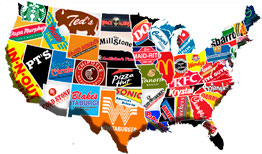

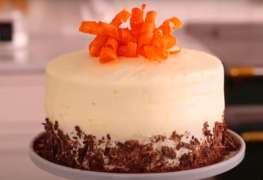
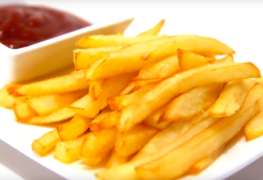

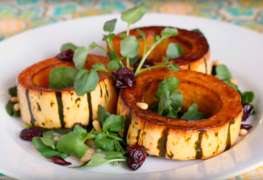

Leave a comment